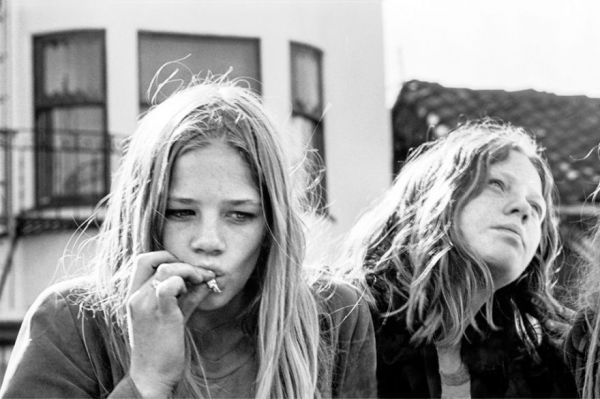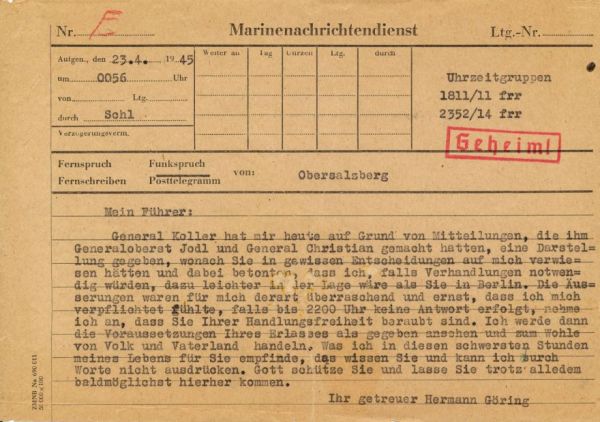
After being plucked from the Nolichucky River near Erwin on Thursday, Noli Bear is on the road to recovery at the
Appalachian Bear Rescue in
Townsend, Tennessee.
The five-month-old, 14-pound American black bear was rescued by rafting
guides who had seen the cub struggling by the side of the river for
several days.
Matt Moses, who owns the USA Raft Company, said the bear was finally
rescued and brought to his property by guide Danny Allen of High
Mountain Expeditions.
“We had seen this bear over the last four days, and there was no sight
of a mama bear,” said Moses.
“She was obviously malnourished and appeared to be in distress. My
guides kept coming back to me and saying they had no idea what to do. We
didn’t want to see this bear die on the side of the river.”
Moses said the bear, who was named after the river it was rescued from,
became more comfortable with human contact each day.
“It would walk toward us at first. Then it swam out toward one of our
rafts. Thursday, a guy from another rafting company (Allen) pulled over
and she got right in.”
Moses said he has never seen a bear react that way.
“We see bear fairly often, but we’ve never seen anything like this,” he
said.
“This is the first time I’ve ever heard of a bear getting in a raft.”
The Tennessee Wildlife Resources Agency was called and the bear was
transported to the ABR, a black bear rehabilitation facility that has
returned orphaned, injured or medically in-need bears to the wild since
1996.
According to Dana Dodd, board president of the ABR, Noli Bear is on the
mend.
“She’s up, walking and feeding,” said Dodd.

“She likes grapes and apple sauce. Those things are great for her
because they’re filled with water.”
Dodd said ABR took the bear to the University of Tennessee Veterinary
School after it was dropped off by TWRA.
“She was very dehydrated, and the doctors gave her fluids,” said Dodd.
“She will have to stay in the acclimatization area until we can’t see
any more of her neurological conditions, like dehydration and possibly
heat stroke.”
Dodd said the next step is to get Noli Bear healthy enough to be put in
an area that houses four other cubs at the facility.
“It may be a week or so,” said Dodd.
“We have to be sure she is hearing, seeing and climbing well.”
Noli Bear will have to grow to about 50 pounds before she can be
released into the wild, sometime between August and the end of the year,
according to Dodd.
She said TWRA will decide where the bears will be released, but it is
usually in proximity to where they were found.

“They do that because most of the bears try and make it back to where
they came from,” said Dodd.
She said information is sketchy on how cubs do on their own after
reintroduction. Cubs typically stay with their mother until they are 16
months.
“Studies have shown that at six months, especially in warmer climates
like the southeast, and if food like acorns are plentiful, these cubs
would be viable.”
Dodd said that even cubs with their mothers for the full first 16 months
face a difficult road.
“Fifty percent of all cubs do not make it to their first birthday, and
25 percent of those that survive don’t make it to their second
birthday,” she said.
While Noli Bear’s rescuers no doubt had the best of intentions, Dodd
said you should never approach an animal in the wild.
“If you see wildlife in trouble, you should immediately call TWRA. You
should never intervene on your own. It’s dangerous for you and the
animal.”
There are
two videos here.






















